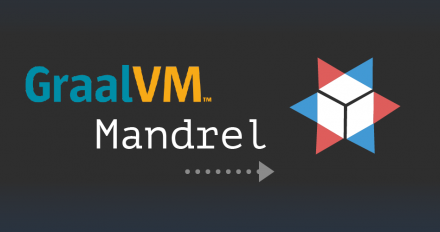
Mandrel: A specialized distribution of GraalVM for Quarkus
Find out what Mandrel is and what it's not, in this introduction to Red Hat's downstream distribution of GraalVM for Quarkus and other projects.

Find out what Mandrel is and what it's not, in this introduction to Red Hat's downstream distribution of GraalVM for Quarkus and other projects.
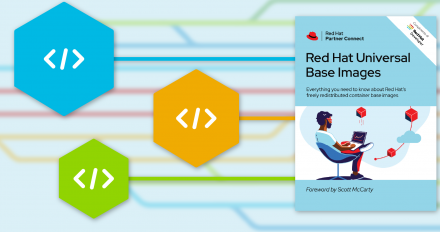
Choosing the right container base image matters, and it shouldn't be complicated. Learn how Red Hat Universal Base Images can help.
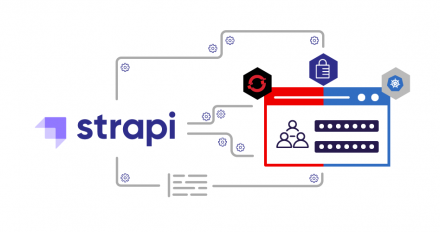
Get a hands-on guide to deploying a JavaScript application built with the Strapi CMS in your Kubernetes or Red Hat OpenShift cluster.
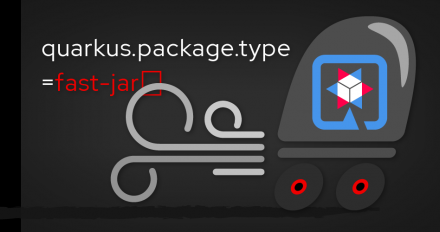
Try this quick exercise to see why applications packaged with fast-jar support faster startup times than those packaged with the legacy Quarkus JAR format.
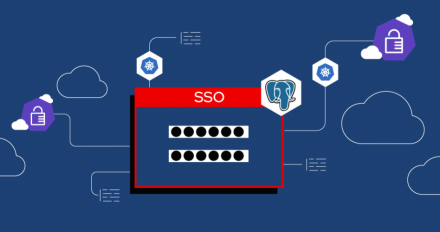
Integrate Red Hat’s single sign-on technology 7.4 with Red Hat OpenShift, using PostgreSQL and a Network File System partition.
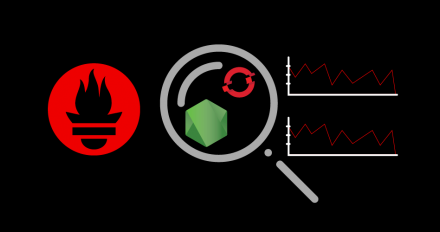
Create a simple containerized Node.js application and monitor instrumentation metrics with Prometheus—now fully integrated with Red Hat OpenShift 4.6.
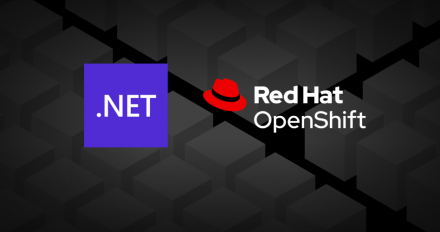
Developers looking to containerize .NET applications have options. Get an overview of the three paths forward using Linux, Windows, or Red Hat OpenShift CNV.

Windows Container Support for Red Hat OpenShift is a feature providing the ability to run Windows compute nodes in an OpenShift Container Platform cluster.

Introduce containers to your development team with this guide to presenting cloud-native concepts, evaluating your tech stack, and planning to scale.

Ben Parees, a lead developer for the Source-to-Image toolchain, provides a deep dive overview into S2I and demonstrates the workflows for creating enterprise-ready reusable images.
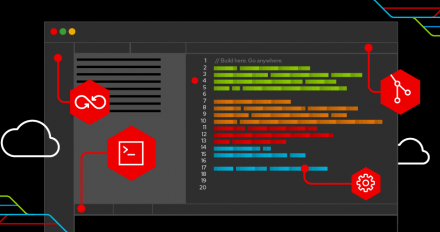
Learn how to inject environment variables directly into your React, Angular, or Vue.js codebase during the front-end container build process.
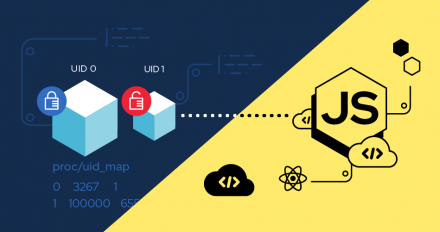
Set up everything you need to run JavaScript front-end applications in a secure container, whether you are using Angular, React, or Vue.js.
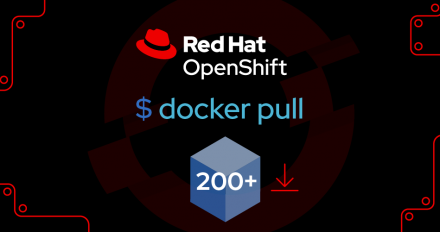
Don't let Docker's new download rate limit slow your roll. Use Red Hat OpenShift to create a secret and authenticate to Docker Hub, so you can keep coding.
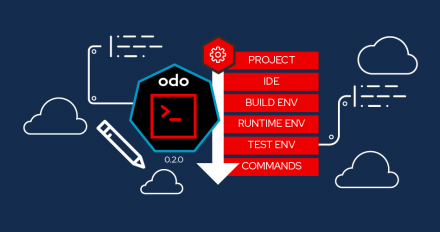
Get started with Odo 2.0 devfile components, commands, and events and write your first custom devfile to adopt an existing development flow for Kubernetes.
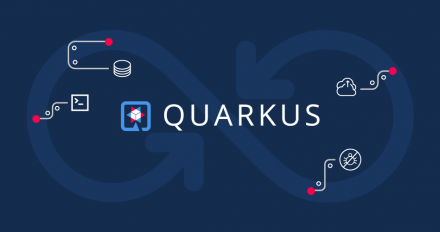
Set up a new Quarkus project, then configure it for live coding on a remote Red Hat OpenShift cluster, just like you would in your local environment.
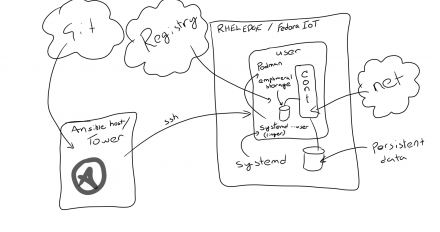
Learn how to use systemd, Podman, and Red Hat Ansible Automation to automate and push rootless containers to Red Hat Enterprise Linux and IoT edge devices.
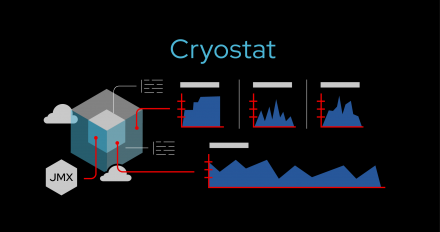
Find out how Cryostat brings JDK Flight Recorder's powerful profiling and monitoring features to your container-managed OpenJDK applications.

Find out what's new with the Future API and promises in Vert.x 4.0, then get started with distributed tracing and deploying Vert.x on Red Hat OpenShift.
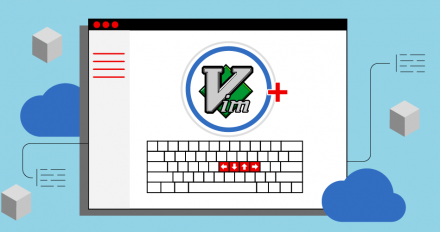
Do you need to edit text files in a production Red Hat OpenShift container, but your favorite editor vim isn't installed? We'll show you how to add it.
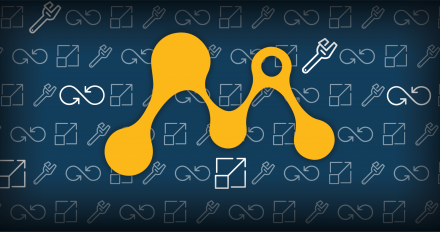
Use Red Hat CodeReady Studio to install and configure Red Hat JBoss Enterprise Application Platform XP 2.0.0 GA with support for Eclipse MicroProfile.
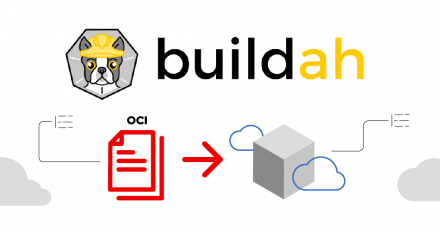
Use Buildah to create a working Open Container Initiative container image from scratch, or from a pre-existing Dockerfile, before running it with Podman.
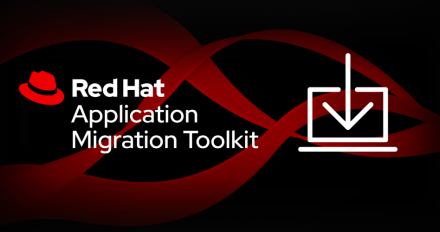
Install Red Hat's migration toolkit for applications on your Windows, macOS, or Linux laptop, then get started using it in your favorite browser.
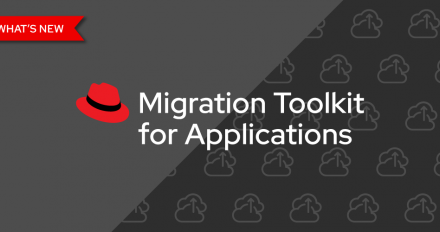
Get started with Migration Toolkit for Applications 5.1.0's improved user interface, new Operator, and support for migrating from Spring Boot to Quarkus.
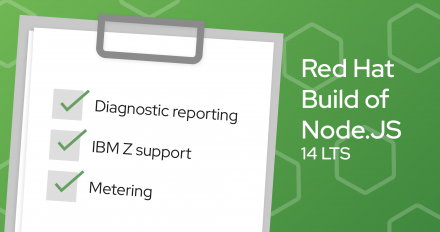
Find out what's new in the Red Hat Build of Node.js 14, including support for diagnostic reporting, metering, and full ICU internationalization.
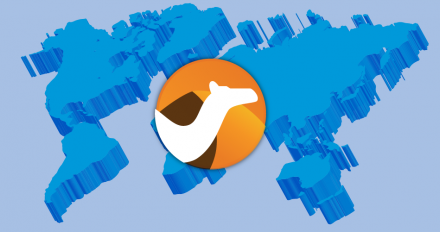
Learn how to use Camel K and GeoJSON to create a workflow that aggregates and transforms spatial data from different sources.